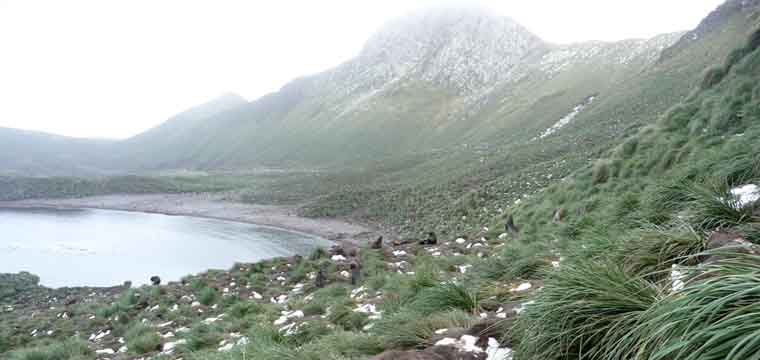 A recent research article in Nature has quantified the impact of twenty-first century climate change on ice-free areas of Antarctica, using two climate forcing scenarios. Under the stronger of the two scenarios ice-free areas could expand by over 17,000 km2 by the end of the century, close to a 25% increase. The study was in part prompted by the SCAR Cross Linkages workshop held in 2015 which investigated the use of climate model outputs to investigate potential ecological impacts.
A recent research article in Nature has quantified the impact of twenty-first century climate change on ice-free areas of Antarctica, using two climate forcing scenarios. Under the stronger of the two scenarios ice-free areas could expand by over 17,000 km2 by the end of the century, close to a 25% increase. The study was in part prompted by the SCAR Cross Linkages workshop held in 2015 which investigated the use of climate model outputs to investigate potential ecological impacts.
Currently ice-free areas cover less than 1% of the continent, however Antarctic terrestrial biodiversity occurs almost exclusively in these areas. Most of the predicted expansion in ice-free areas will occur in the Antarctic Peninsula where a threefold increase in ice-free area could drastically change the availability and connectivity of biodiversity habitat. The authors hypothesize that they could eventually lead to increasing regional-scale biotic homogenization, the extinction of less-competitive species and the spread of invasive species.
Jasmine R. Lee, Ben Raymond, Thomas J. Bracegirdle, Iadine Chadès, Richard A. Fuller, Justine D. Shaw & Aleks Terauds, “Climate change drives expansion of Antarctic ice-free habitat”, Nature, June 2017. Doi: 10.1038/nature22996
